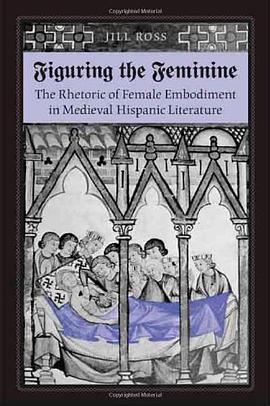

具體描述
Figuring the Feminine examines the female body as a means of articulating questions of literary authority and practice within the cultural spheres of the Iberian Peninsula (both Romance and Semitic) as well as in the larger Latinate literary culture. It demonstrates the centrality in medieval literary culture of the gendering of rhetorical and hermeneutical acts involved in the creation of texts and meaning, and the importance of the medieval Iberian textual tradition in this process, a complex multicultural tradition that is often overlooked in medieval literary scholarship. This study adopts an innovative methodology informed by current theories of the body and gender to approach Hispanic literature from a femininst perspective.Jill Ross offers new readings of medieval Hispanic texts (Latin, Castilian, and Hebrew) including Prudentius' Peristephanon, Gonzalo de Berceo's Milagros de Nuestra Senora, Shem Tov of Carrion's Battle Between the Pen and the Scissors, and several others. She highlights ways in which these texts contribute to the understanding of gender in medieval poetics and foreground questions of literary and cultural import. Figuring the Feminine argues that the bodies of women are crucial to the working out of such questions as the unsettling shift from orality to literacy, textual instability, cultural dissonance, and the resistance to cultural and religious hegemony.
著者簡介
圖書目錄
讀後感
評分
評分
評分
評分
用戶評價
相關圖書
本站所有內容均為互聯網搜索引擎提供的公開搜索信息,本站不存儲任何數據與內容,任何內容與數據均與本站無關,如有需要請聯繫相關搜索引擎包括但不限於百度,google,bing,sogou 等
© 2025 book.quotespace.org All Rights Reserved. 小美書屋 版权所有




















